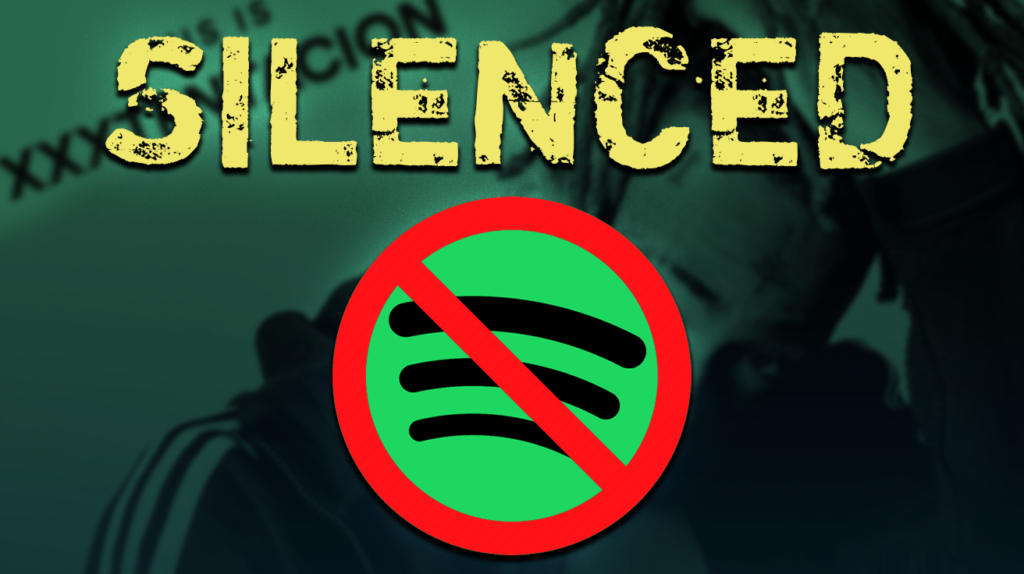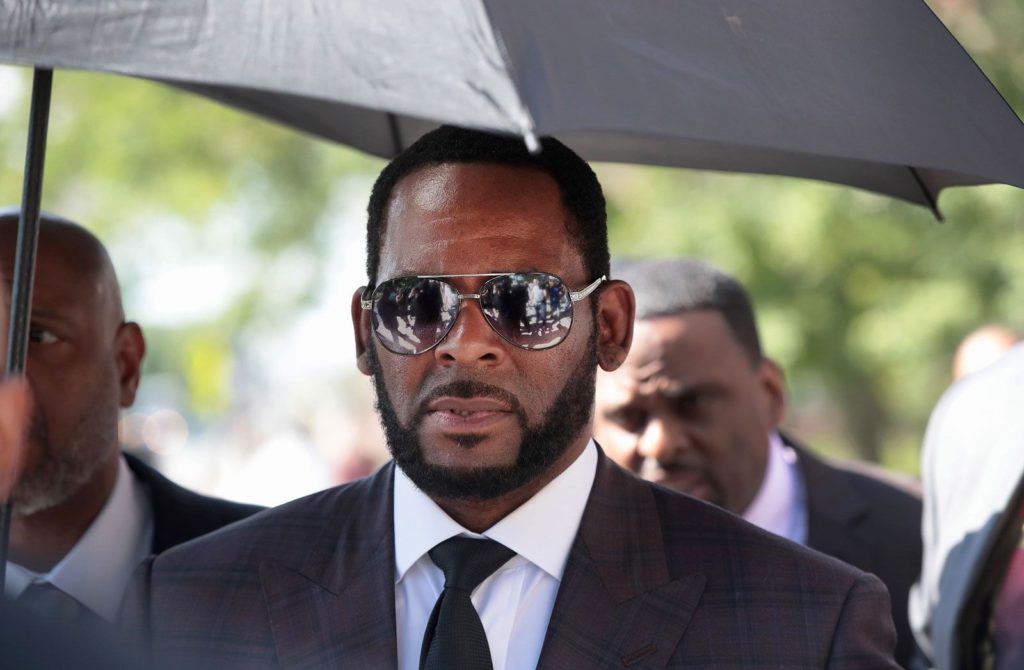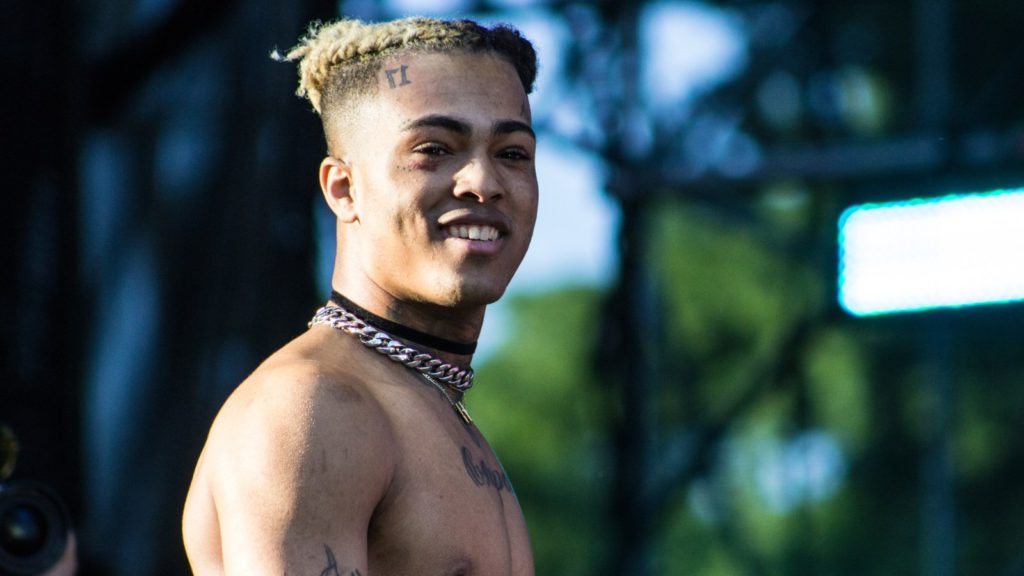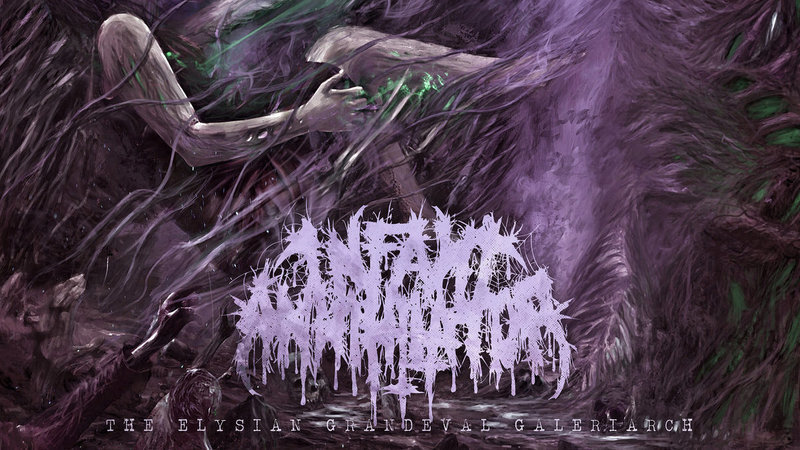
Ever wondered what makes an artist disappear from Spotify? Nine high-profile musicians learned this lesson the hard way when Spotify removed their music. From R. Kelly’s playlist ban following abuse allegations to XXXTentacion’s temporary removal, the reasons vary dramatically.
These nine cases expose the arbitrary nature of streaming justice.
9. R. Kelly: The King Uncrowned

#MeToo’s momentum prompted Spotify to pull R. Kelly from all playlists in 2018 after serious abuse allegations surfaced. The company had conveniently updated its hate content policy that spring, creating a framework for this high-profile enforcement action. Kelly’s extensive catalog remained searchable but vanished completely from discovery features driving new audience growth.
Anyone specifically looking for his music could still find it—but stumbling across it became virtually impossible. Spotify created a middle path between removal and availability, satisfying ethical concerns without alienating his dedicated fanbase. This “visibility restriction” approach became the template for handling controversial artists in an era where platforms face mounting pressure to moderate content beyond legal requirements.
8. XXXTentacion: A Controversial Comeback

If you’re seeking evidence of Spotify’s ethical inconsistency, XXXTentacion’s case provides the perfect example. Domestic violence accusations triggered his removal from playlists in May 2018 after Pitchfork published disturbing audio evidence. Spotify explicitly referenced their hateful conduct policy when implementing these promotional restrictions.
In a whiplash-inducing reversal, they restored his music just weeks later—before his death complicated matters further. Critics immediately called out this apparent surrender to commercial interests. The policy flip-flop exposed a harsh economic reality that when streaming numbers clash with moral stands, the algorithm typically wins regardless of the allegations’ severity.
7. TK: Murder and Music

Violent crime charges create streaming’s equivalent of a death penalty, as TK discovered when murder allegations surfaced in 2015. His rising career stopped abruptly as the case developed in increasingly damaging ways. After a brief house arrest, TK fled, significantly worsening his already serious legal situation.
Police quickly recaptured him, ensuring proper legal proceedings. The subsequent conviction permanently closed any comeback possibilities. Major platforms completely purged his catalog, citing strict policies regarding artists convicted of violent crimes. While controversial statements might earn temporary bans, TK’s case established that violent criminal convictions create permanent digital exile with no path to redemption.
6. Julian Alvarez: Drug Kingpin Association

Caught in regulatory crossfire, Julian Alvarez fought a five-year Spotify ban stemming from alleged cartel connections. U.S. Office of Foreign Assets Control investigations triggered cascading restrictions across multiple services simultaneously. Throughout this extended limbo, Alvarez consistently maintained his innocence regarding ties to criminal organizations.
After extended legal battles, regulatory clearance finally allowed platform restoration. Artists facing similar scrutiny should meticulously document all government communications. His surprising post-ban streaming surge proved that with the right comeback strategy, platform purgatory can transform into unexpected career momentum—a lesson in persistence during platform disputes.
5. Power Bottom: Allegations of Abuse

Can an artist survive serious sexual abuse allegations? The music industry demonstrated its zero-tolerance approach when sexual abuse claims against a band member of Power Bottom. Labels severed ties with unprecedented speed, terminating contracts within days and setting off a domino effect. Streaming services quickly purged their entire catalog as music blogs amplified the developing story.
Then came the puzzling twist—their music silently reappeared months later without explanation. Their tracks remain available despite unresolved allegations. You’ll find zero consistency in how platforms handle misconduct here. Despite their music’s return, monthly listeners plummeted from over 250,000 to under 30,000, stark evidence that platform availability doesn’t automatically restore damaged reputations.
4. Smokey and the Mirror: The Loyal Fan Base

Dedicated followers can inadvertently trigger algorithmic suspicion. Folk duo Smokey and the Mirror learned this when automated systems flagged suspicious patterns in their streaming data. They passionately defended their fanbase, insisting these listeners generated legitimate streams through normal listening habits. Spotify’s fraud detection identified patterns resembling coordinated bot activity—a serious violation of terms.
Proving listener authenticity became virtually impossible, like trying to prove a negative. You should regularly monitor your own streaming patterns for unusual spikes that might trigger similar flags. The 65% revenue collapse during their dispute created lasting financial damage that persisted long after their eventual vindication. It was a cautionary tale about algorithms becoming judge and jury.
3. Vulfpeck: The Silent Money-Maker

Creative protest against streaming economics reached new heights when Vulfpeck released “Sleepify”—an album of silent 30-second tracks designed for overnight playback. Fans enthusiastically supported this clever hack by streaming these nothing-tracks while sleeping, generating approximately $15,000 before Spotify caught on to the scheme. The platform eventually removed the album, labeling it deliberate payment system exploitation.
The band openly celebrated their intent to expose compensation model flaws, but anyone considering similar tactics today should think again—such attempts now face immediate termination. By turning their $15,000 streaming hack into a free-admission tour, Vulfpeck created real-world connections no algorithm could restrict and showed that digital protest could translate into tangible fan benefits.
2. Morgan Wallen: The N-Word Controversy

Scandals sometimes boost careers rather than damage them, as proven when video footage captured Morgan Wallen using a racial slur in early 2021. Radio stations quickly pulled his music while the controversy dominated news cycles. Bizarrely, his album sales skyrocketed by 102% despite relentless negative coverage. His dedicated fanbase doubled down on their support throughout the ordeal.
Following his public apology tour, Spotify gradually restored his music to playlists without a formal announcement. The temporary nature of his restrictions highlighted different standards for controversial statements versus criminal behavior. The unprecedented 10-week Billboard 200 #1 run during his controversy rewrote industry assumptions about cancel culture. Sometimes controversy doesn’t just sell, it sells dramatically better.
1. Infant Annihilator: The Offensive Name

Extreme metal thrives at platform policy boundaries. Unsurprisingly, British band Infant Annihilator briefly vanished from Spotify, likely due to their deliberately provocative name and graphic lyrics. Despite blatantly violating content guidelines, they maintain millions of monthly listeners across streaming services. Their catalog mysteriously reappeared without explanation—a pattern seen repeatedly across these cases.
Despite the prevailing myths about heavy metal, these bands operate under seemingly different content standards than other genres, with some facing microscopic scrutiny while others enjoy surprising leniency. The 23% listener surge following their brief ban revealed an unexpected truth. Temporary platform restrictions sometimes function as powerful marketing tools, creating a blueprint that other boundary-pushing artists quietly follow.





















